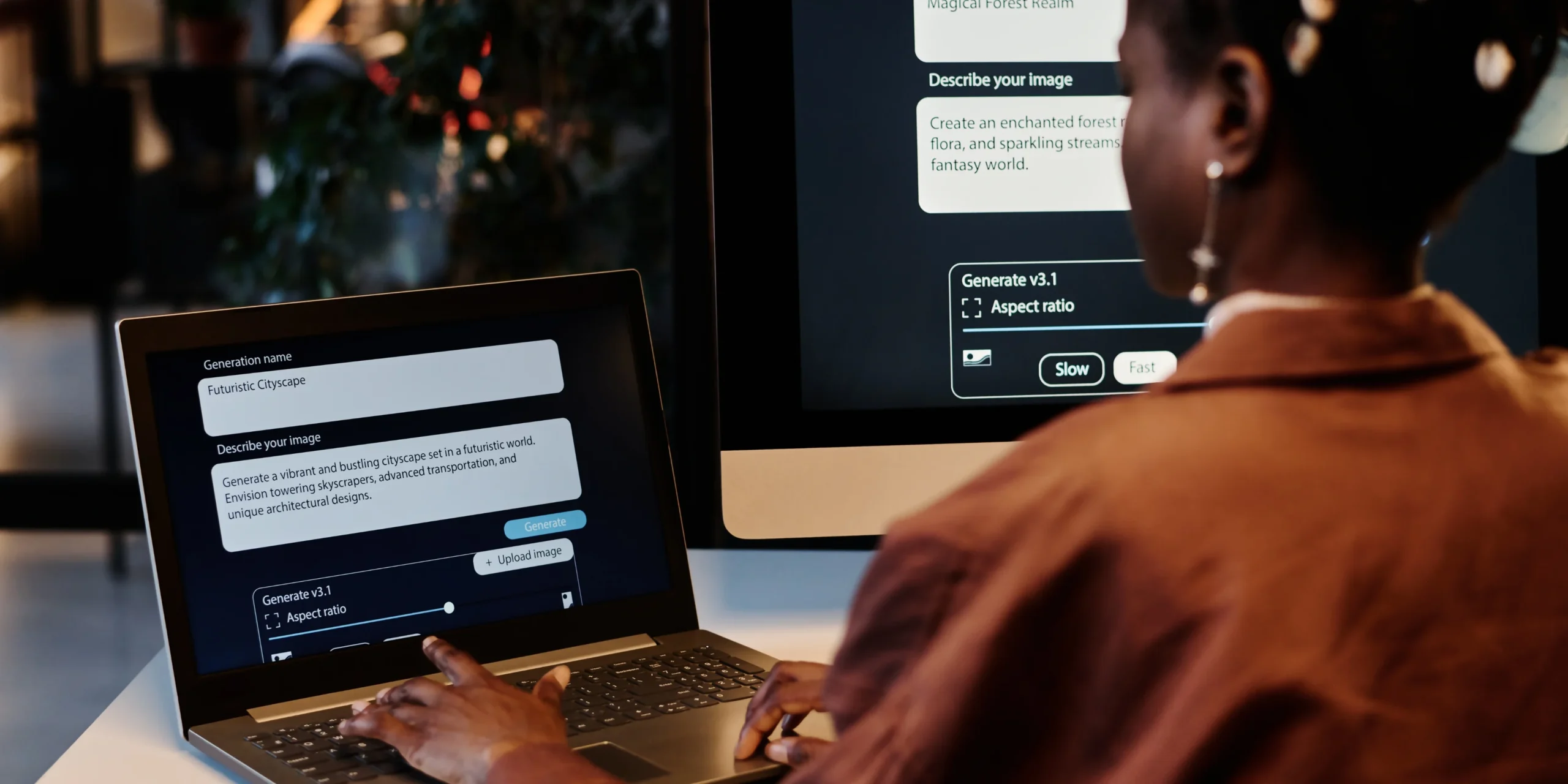Why It Matters
AI isn’t just for big companies or expensive enterprise suites anymore. In 2025, dozens of free AI tools are quietly reshaping how people work, learn, and create – yet many of them fly under the radar. For students, freelancers, and small businesses, these hidden gems can deliver game-changing productivity at zero cost.
The Current Landscape
Over the past two years, free AI tools have exploded across the internet. According to a Statista survey, nearly 58% of small businesses report using at least one free AI-powered service in their workflows. The most common areas? Writing, image editing, task automation, and coding assistance.
Yet while names like ChatGPT and MidJourney dominate headlines, an ecosystem of lesser-known tools has emerged – many of them designed to plug into existing workflows, quietly making work faster and smarter.
Where These Tools Shine
1. Writing & Content
- Copy.ai (free tier) → Generate blog outlines, ad copy, or brainstorming prompts.
- Rytr → A lightweight writing assistant for short-form content.
2. Visual Creativity
- Canva Magic Studio → AI-enhanced design, with background removal and “text to image” baked in.
- KREA.ai → Real-time generative visuals for mood boards and creative drafts.
3. Task Automation
- IFTTT with AI add-ons → Automate routine tasks across apps.
- Zapier’s free AI integrations → Combine triggers with AI-generated responses.
4. Coding & Development
- Replit Ghostwriter (free plan) → Auto-complete code, debug errors, or explain snippets.
- Tabnine (basic tier) → AI pair-programmer that supports multiple languages.
5. Everyday Productivity
- Notion AI (free trial) → Summarize notes, draft ideas, generate checklists.
- Perplexity.ai → A research assistant that cites sources as it answers questions.
Opportunities & Benefits
- Cost-efficiency: Free tiers make experimentation accessible to all.
- Democratization: Students and solo entrepreneurs can now access the same tools as large corporations.
- Speed: Tasks that once took hours – drafting reports, editing images, or debugging code – can now take minutes.
Challenges & Risks
- Data Privacy: Free tools often come with hidden costs – your data may be part of the bargain.
- Limitations: Free tiers may cap usage or restrict advanced features.
- Over-reliance: With AI filling every gap, critical thinking and skill-building risk erosion.
The Road Ahead
Expect 2025 to bring even more open-source AI options, especially in areas like climate modeling, biotech research, and legal AI. Companies are realizing that offering free tools isn’t charity – it’s a way to train models, attract users, and scale ecosystems.
For individuals, the smart move is to curate a personal stack: combining 2–3 of these free tools into a workflow that fits daily needs.
Practical Takeaway
Free AI isn’t about replacing your workflow – it’s about amplifying it. Whether you’re drafting, designing, or debugging, the right free AI tool can turn hours into minutes and ideas into output.
Sources
- Statista – Small business AI adoption
- MIT Technology Review – AI democratization
- OECD – AI and the future of work
Looking for more guides like this? Explore our Tutorials or browse the latest posts.








Leave a Reply